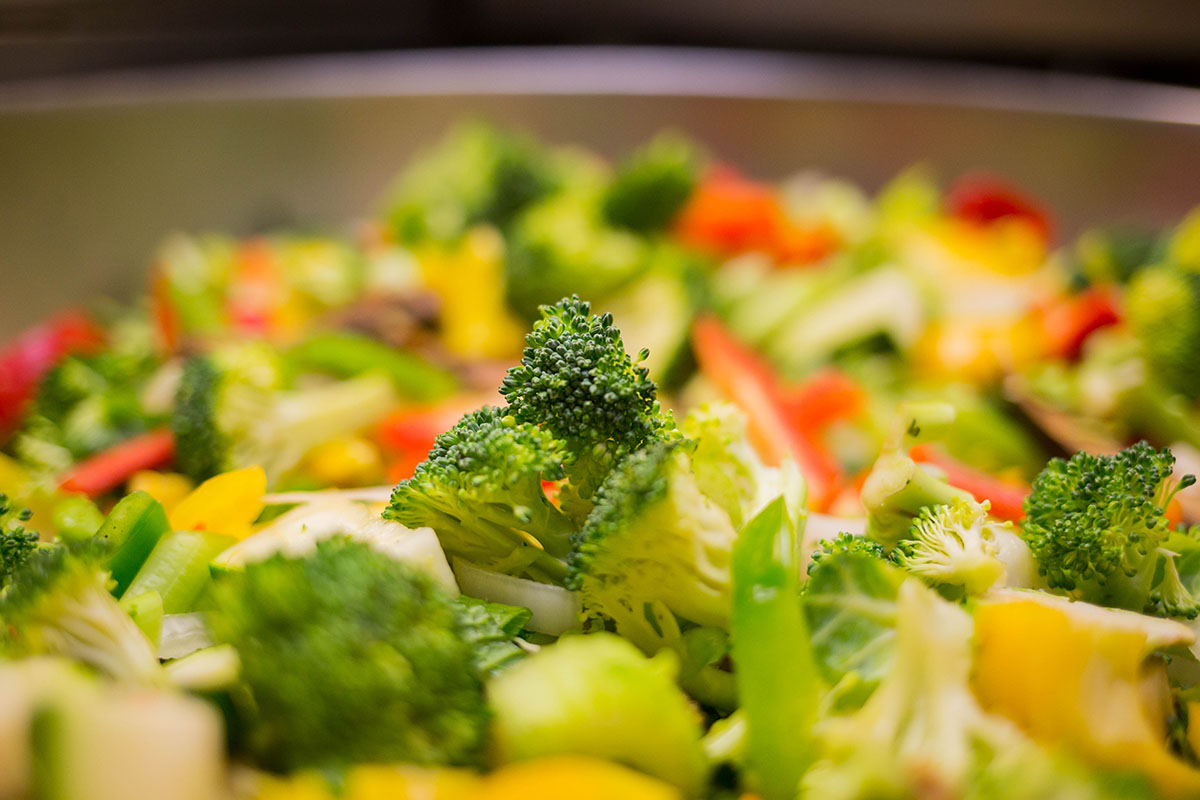Spring is Here! Learn Which Seasonal Fruits and Vegetables to Eat
Fruits and vegetables are available to us year-round, but do you know the importance of ensuring you’re eating what’s in season? As it turns out, there is a reason behind ensuring you’re eating seasonal fruits and vegetables. In-season food is fresher, tastier, and full of nutritional benefits you miss out on when you consume it out of season.

When fruits and vegetables are in-season, they aren’t processed or preserved. Once they are harvested, they lose many of their nutritional benefits, such as vitamin C found in most fruits and vegetables. In addition, seasonal fruits and vegetables are full of antioxidants used to prevent diseases.
Which foods should I be eating now?
Spring is a great time to enjoy many fruits and vegetables. The United State Department of Agriculture has a comprehensive list of seasonal fruits and vegetables, including:
- Apricots
- Asparagus
- Cabbage
- Celery
- Collard Greens
- Garlic
- Herbs
- Kale
- Kiwifruit
- Lemons
- Limes
- Peas
- Pineapples
- Radishes
- Rhubarb
- Spinach
- Strawberries
- Swiss Chard
- Turnips
At Sidewalk Chef Kitchen, you’ll notice we only use seasonal fruits and vegetables to make sure each meal is as nutritious as possible. When you’re browsing that day’s Fresh Express, pay attention to what’s on the menu and see if you notice our favorite seasonal foods!
Which foods can I eat year-round?
While some foods, like the list above, are available only during certain times of the year, there are fruits and vegetables that are safe to eat year-round. This includes mushrooms, broccoli, carrots, potatoes, bananas, apples, and avocados. In Florida, oranges may be available year-round, but certain types of citrus are at their peak throughout the year. Navel oranges are best from December through March, blood orange varieties are the best from December through April, and clementines and tangerines are the best between late October and January.
